9 days cruise yacht Estrella del Mar – B
Route B (Mon - Tue): Eastern and Central Galapagos Islands
- 9 days
- 2-16
Highlights of the tour
- Variety of birdlife
- All three species of boobies
- Hikes through diverse landscape
- Giant tortoises in their natural habitat
Overview
Let the yacht Estrella del Mar take you to the Galapagos Islands. During this 8-day exciting cruise you will get to know the flora and fauna of the islands and learn interesting facts about their protection and history.
You’ll take exciting hikes through diverse nature, enjoy spectacular views, and have your naturalist guide explain the islands to you.
Nazca boobies, blue-footed boobies and Galapagos giant tortoises are just a few of the species you are likely to see.
In addition to the exciting excursions, there is still plenty of time for snorkeling, swimming or just relaxing.
On the yacht you can make yourself comfortable in your cabin, on the sun deck or at the bar and have delicious meals.
Itinerary
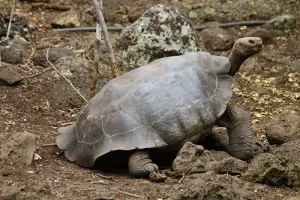
Afternoon – Cerro Colorado: In the afternoon, you will visit the Turtle Conservation and Breeding Center in Cerro Colorado, about 40 minutes by bus from the southeast of the island. This center was built to help increase the population of turtles on the island. The center has a large enclosure, a visitor center, a hatchery and a walkway along which it is possible to see different species of native and endemic plants, as well as birds such as the San Cristóbal mockingbird, the golden warbler and many species of finches and the Galápagos flycatcher.
Meals: Breakfast/Lunch/Dinner
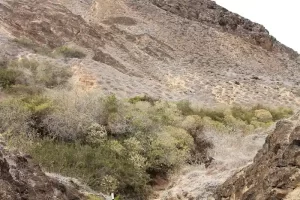
Afternoon – Witch Hill, Kicker Rock: The main attraction at this site is the coral sand beach. It is perfect for swimming and snorkeling. Witch Hill is a remnant of a tufa cone. It is one of the first places Charles Darwin visited. Captain Fitzroy climbed the hill to spy out reefs. It’s a stunning landscape that often makes it possible to see shorebirds and migratory birds, including pelicans, blue-footed boobies and fork-tailed gulls, as well as sea lions and marine lizards. Sometimes the lagoon is completely dry and there are salt deposits on the bottom. The people of Puerto Baquerizo Moreno used the lagoon as a salt mine. Kicker Rock is a huge boulder with a dagger-like tower next to it. It is 150 m high and has the shape of a shoe from the side (hence the name Kicker Rock). Lengthwise it looks more like a sleeping lion (hence the name in Spanish Leon Dormido). A dinghy ride and optional snorkeling is planned before breakfast, where you can see squids, different types of sharks and green turtles.
Meals: Breakfast/Lunch/Dinner
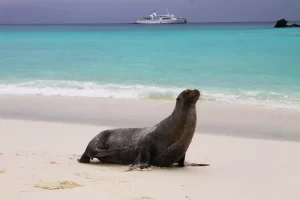
Afternoon – Suarez Point: This rocky area is home to the most impressive and diverse seabirds of the archipelago. The endangered Galapagos Albatross returns to Española Island annually (March – December). This allows visitors to marvel at the courtship dance characterized by whistles and bows (especially in October). Blue-footed and Nazca boobies, fork-tailed gulls and red-billed tropicbirds are also native to this island. Along the southern coast, high cliffs allow spectacular views of soaring birds and seawater shooting up through air holes like fountains.
Meals: Breakfast/Lunch/Dinner

Afternoon – Devils Crown, Cormorant Point: Devil’s Crown is probably one of the best places to snorkel on the Galapagos Islands. Here you can observe an incredible variety of marine life. Along the shoreline you can spot many native seabirds including Galapagos Penguins, Blue-footed Boobies, magnificent Frigatebirds and Red-billed Tropicbirds, Fork-tailed Gulls and Lava Herons. Many birdwatchers also hope to catch a glimpse of the Florean Mockingbird atop the opuntias. This mockingbird is a keystone species scientifically and historically because it led Darwin on the trail of Adaptive Radiation theory. The peninsula of Cormorant Point forms the northern cape of Floreana, which was formed by a series of smaller volcanic cones covered with tropical dry forest (palo santo). The green sand on the beach at the site contains a high percentage of glassy olivine crystals that were blown out by the surrounding tuff cones. The ‘flour sand’ beach on the south side of the peninsula consists of even whiter coral sand that feels very smooth on the feet. Parrotfish have provided pulverization by grinding up calcium-bearing skeletons of still-living corals. You may spot schools of stingrays that like to bury themselves in the sandy bottom. During the first months of the year, green sea turtles come ashore to bury their eggs.
Meals: Breakfast/Lunch/Dinner
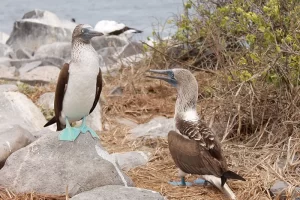
Afternoon – Bartolomé: Bartolomé Island rises 114 meters high across from Sullivan Bay. Climb the steps of the Bartolomé Summit Trail and be rewarded with panoramic views of volcanic peaks, moon-like craters and lava fields. The island has two stunning beaches, is home to sea turtles, and a very small colony of Galapagos penguins at the base of Pinnacle Rock.
Meals: Breakfast/Lunch/Dinner
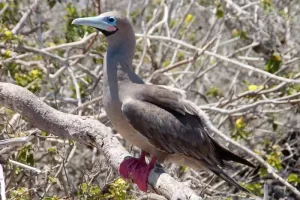
Afternoon – Prince Philip’s Steps (also called El Barranco): In the afternoon you will continue sailing to Prince Philip’s Steps, one of the two visitor points on Genovesa Island. Sometimes Galapagos fur seals rest on the rocky ledges. After climbing the steep stone steps, you will take a guided walk where you will see many different birds such as red-footed and blue-footed boobies. The red-footed boobies are almost only seen on Genovesa and nest in the palo santo trees. The bushes on the edge to the ocean side are loosening up and you can enjoy the incredible view and the ocean breeze. Continuing, you will pass by a colony of Nazca boobies and eventually reach nests of storm petrels, where, if you are lucky, you can also see the short-eared owl hunting.
Meals: Breakfast/Lunch/Dinner
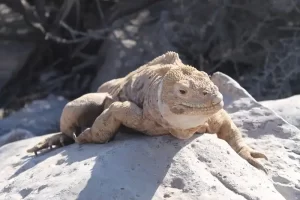
Afternoon – Santa Fe: After lunch, you will be met directly by a Galapagos sea lion colony on the beach, where you will have time for either a refreshing swim or exceptional snorkeling surrounded by tropical reef fishes in the crystal-clear waters of Barrington Bay. In addition, you will see vast opuntia cactus forests. The largest cacti on the island have extremely thick trunks and can grow over 10 meters tall. After a wet landing on Santa Fe beach, take a guided nature walk. This extraordinary island is a remnant of what is probably the oldest volcano in Galapagos. Your guide will decide whether to follow an easy, short walk or a strenuous, longer hike inland (moderately difficult, about 3 km).
Meals: Breakfast/Lunch/Dinner
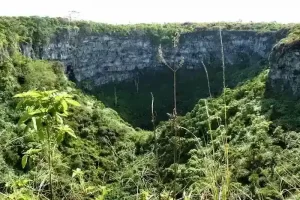
Afternoon – Charles Darwin Station: Biological research and essential conservation of the unique archipelago are carried out here. The complex houses the Interpretation and Information Center of the National Park and the Galapagos Marine Reserve. The most memorable part of your visit will most likely be the successful hatchery and encounter with the Galapagos giant tortoises.
Meals: Breakfast/Lunch/Dinner
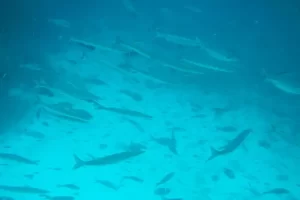
Afternoon – Transfer to Baltra Airport: It’s time to say goodbye to the Galapagos Islands! With the help of the naturalist guide and some crew members, the inflatable boat will take you and your luggage to Seymour Ecological Airport for your flight back home.
Meals: Breakfast
- Included services
- Accommodation on board in a cabin with private bathroom
- All meals, water, coffee and tea
- All excursions as indicated in the itinerary (subject to change) with bilingual naturalist guide (English-Spanish)
- Airport transfers in Galapagos (only guaranteed if the flight is booked together with the cruise)
- Snorkeling equipment (mask, fins and snorkel)
- Towels for bathroom and beach
- Not included services
- International flight and Galapagos flight
- Entrance fee to Galapagos National Park (USD 200 per person, children under the age of 12 USD 100)
- Transit control card ( USD 20 per person, subject to change)
- Airport transfers in Galapagos (if the flight is not booked together with the cruise)
- Wetsuit
- Soft and alcoholic drinks
- Tips
- Travel insurance and other personal expenses
Hints
Ask us for children or group discount.
Price not valid for Christmas and New Years´s Eve departures.
All prices are subject to change if local tax increases or other circumstances beyond our control occur.
The itinerary is subject to change at any time due to circumstances beyond our control.
In order to rent a wetsuit, we will need your clothing size (S/M/L/XL) before your arrival in Galapagos. Standard wetsuits with a thickness of 3 mm are rented.
Travel Insurance:
To protect your travel investment, we highly recommend the purchase of travel insurance. Travel insurance is intended to cover medical expenses, trip interruption and cancellation, theft and other losses incurred while traveling domestically or internationally.
Visa and Entry Requirements:
Ecuador requires a valid passport (with a minimum 6 months validity). Contact your local embassy or consulate for the most up-to-date visa requirements.
Other interesting cruises
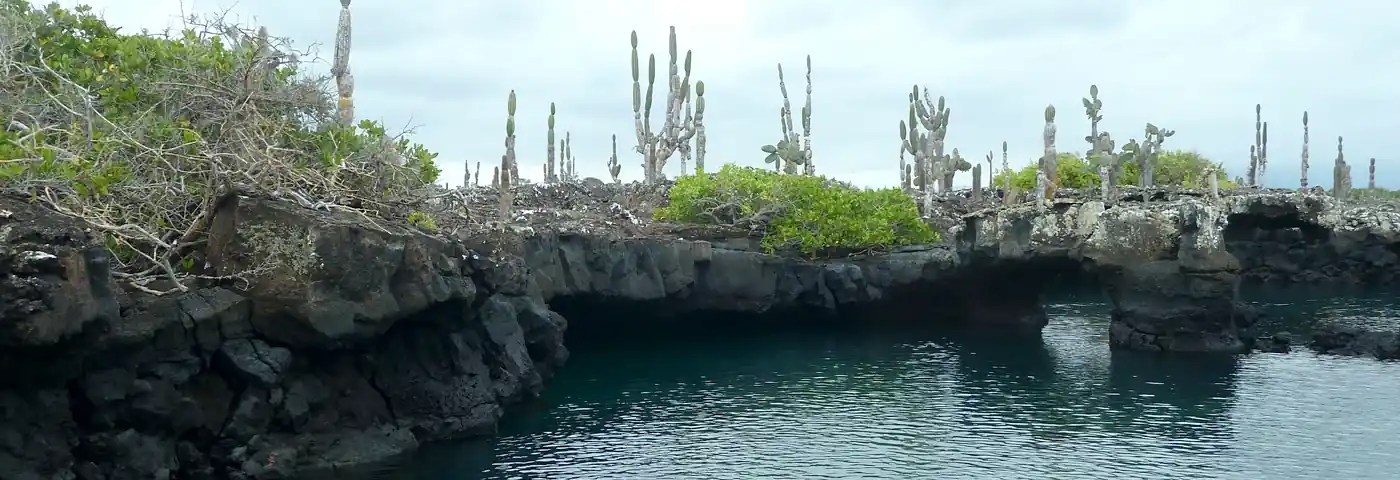
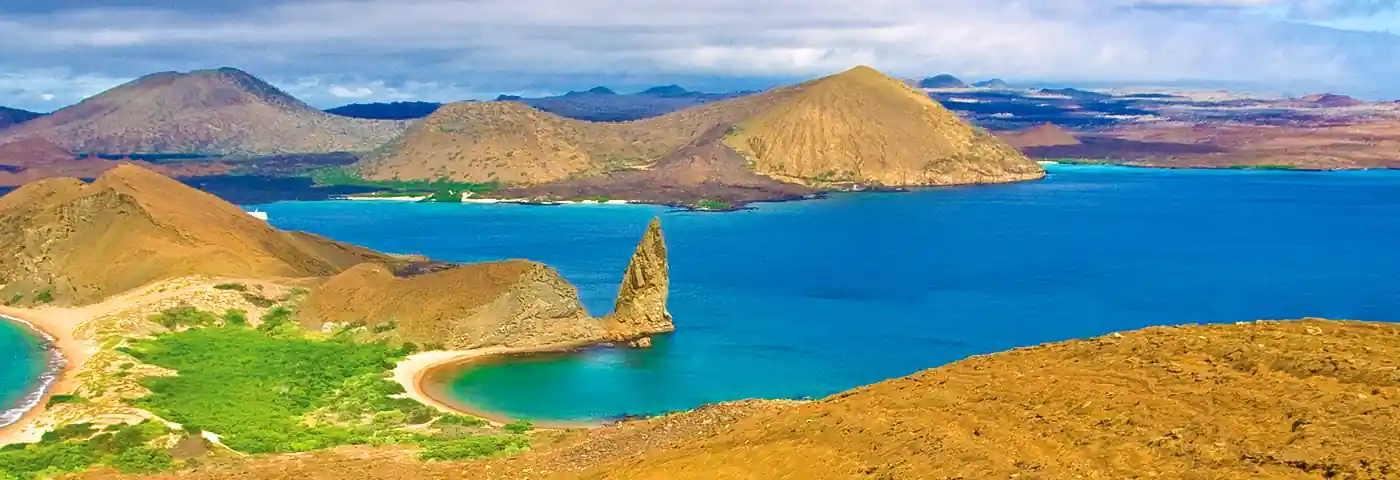
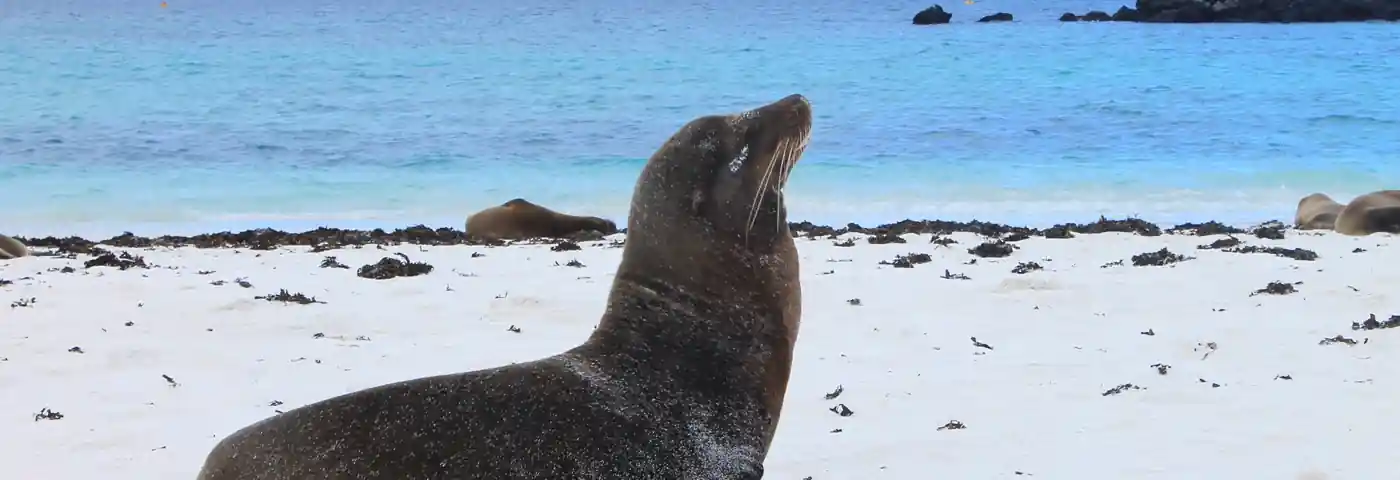
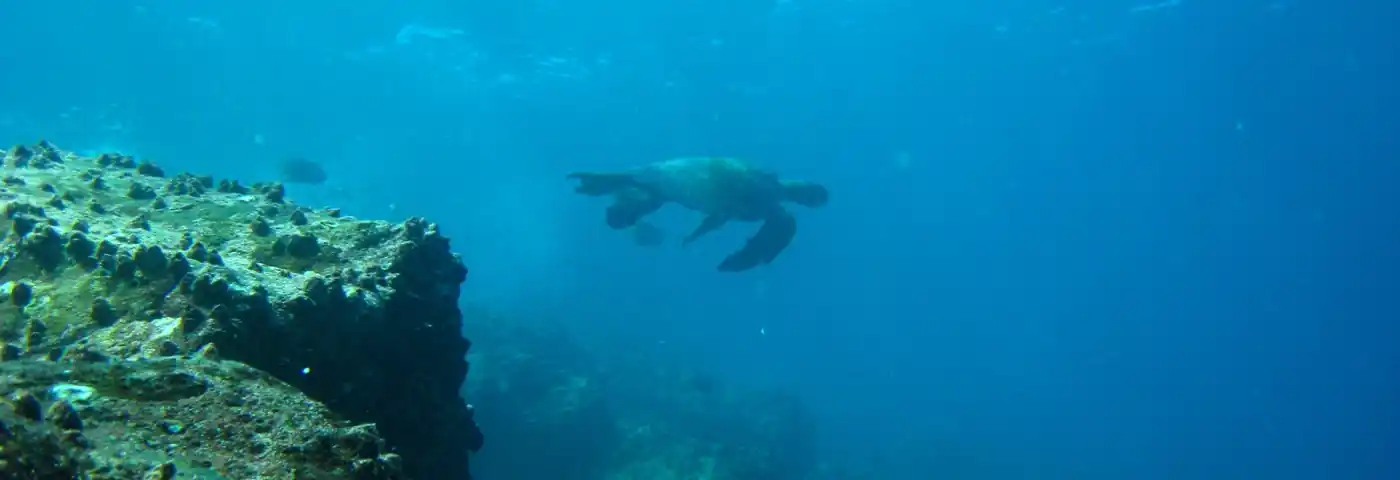

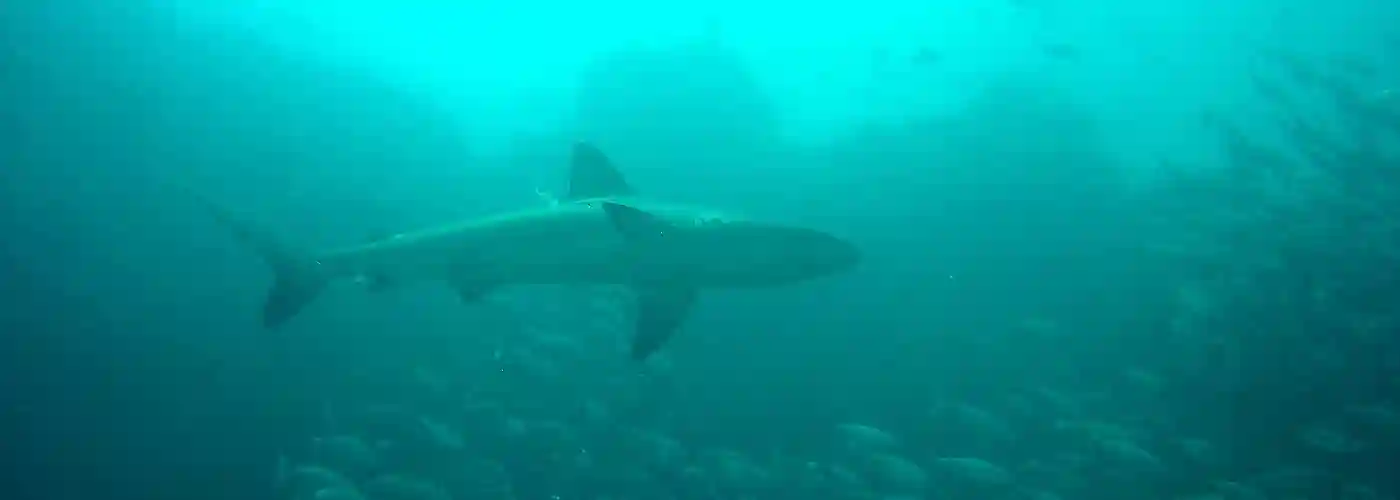
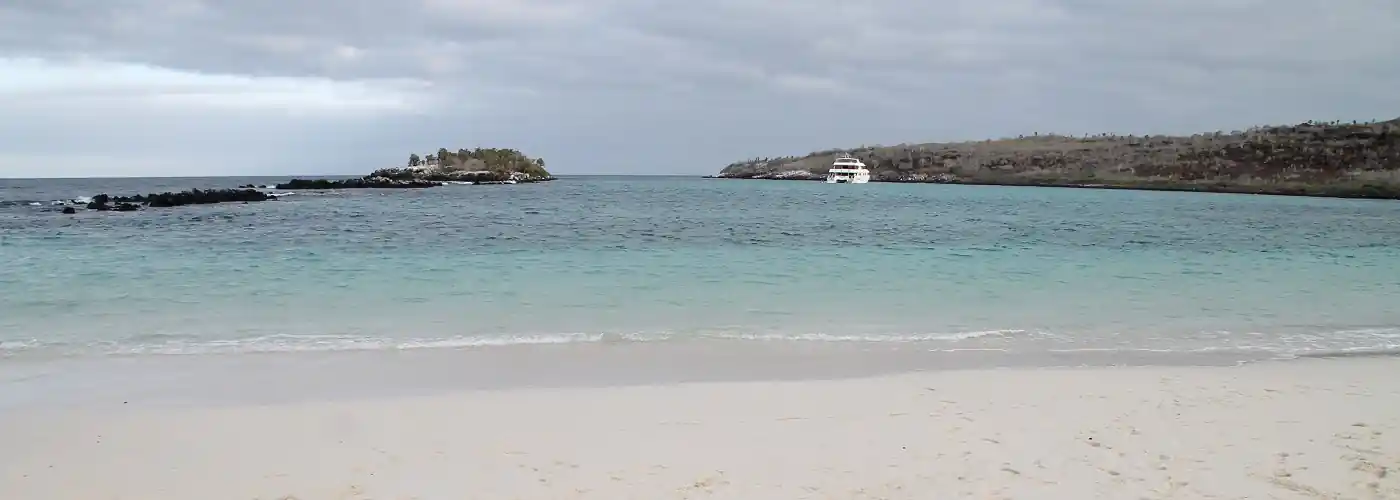
- 8 days
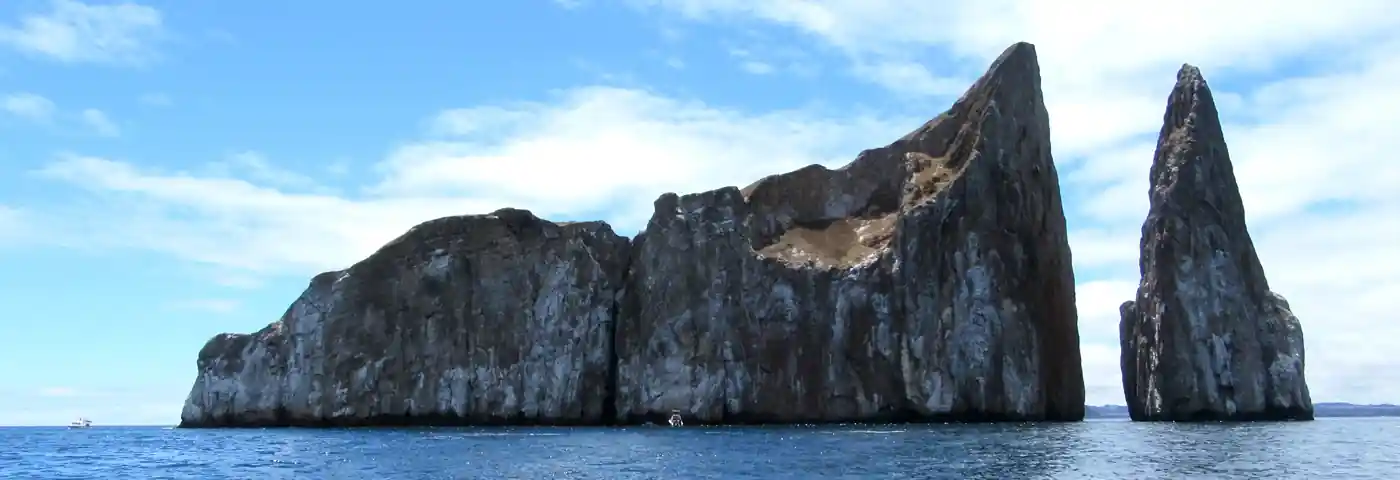
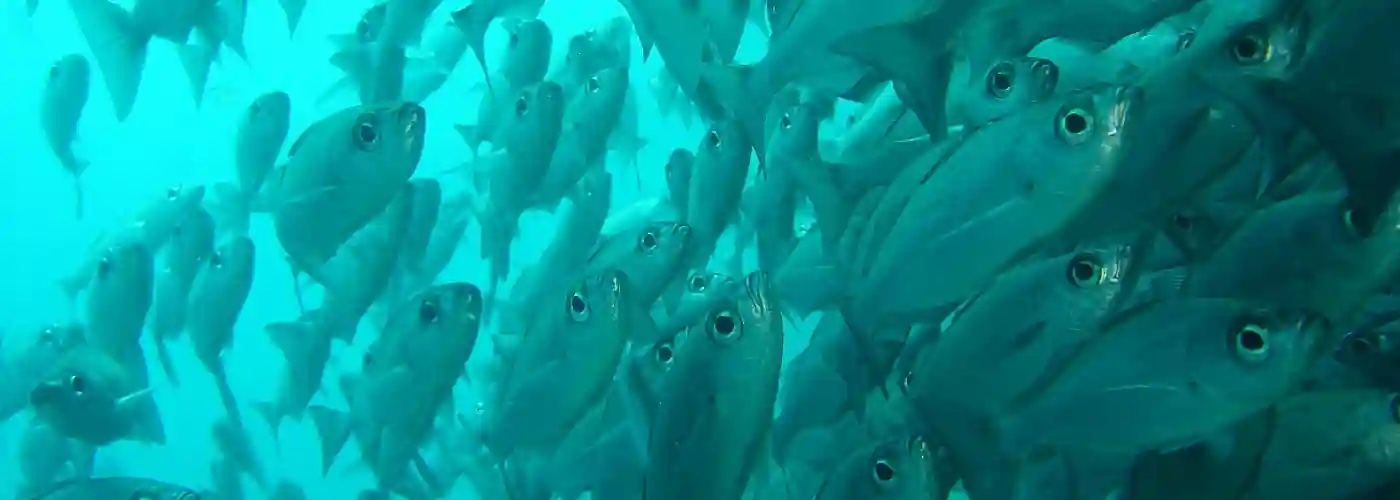
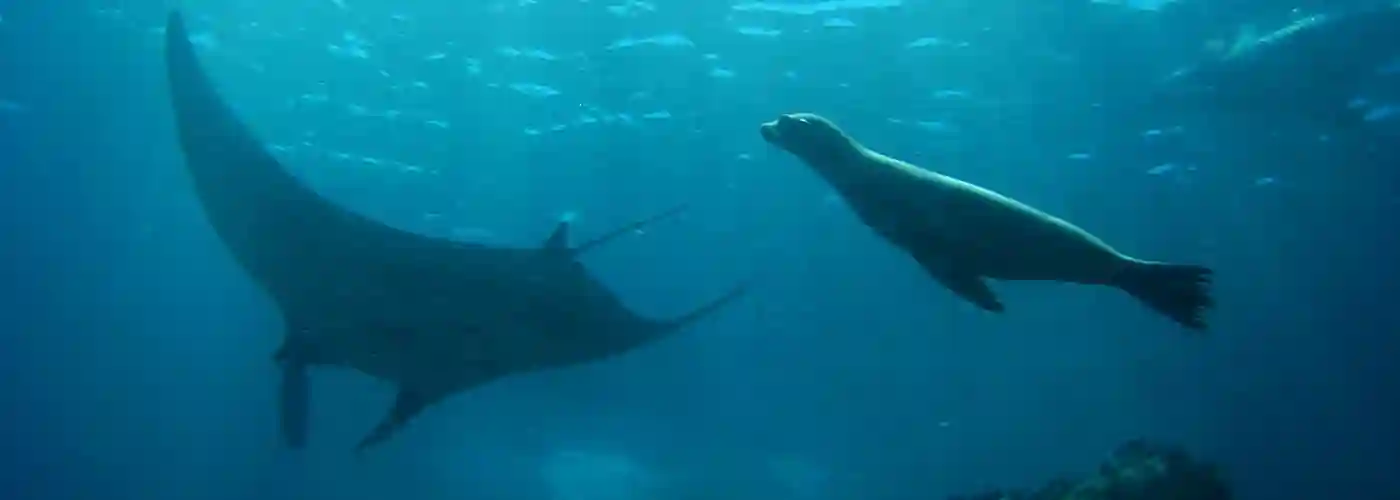

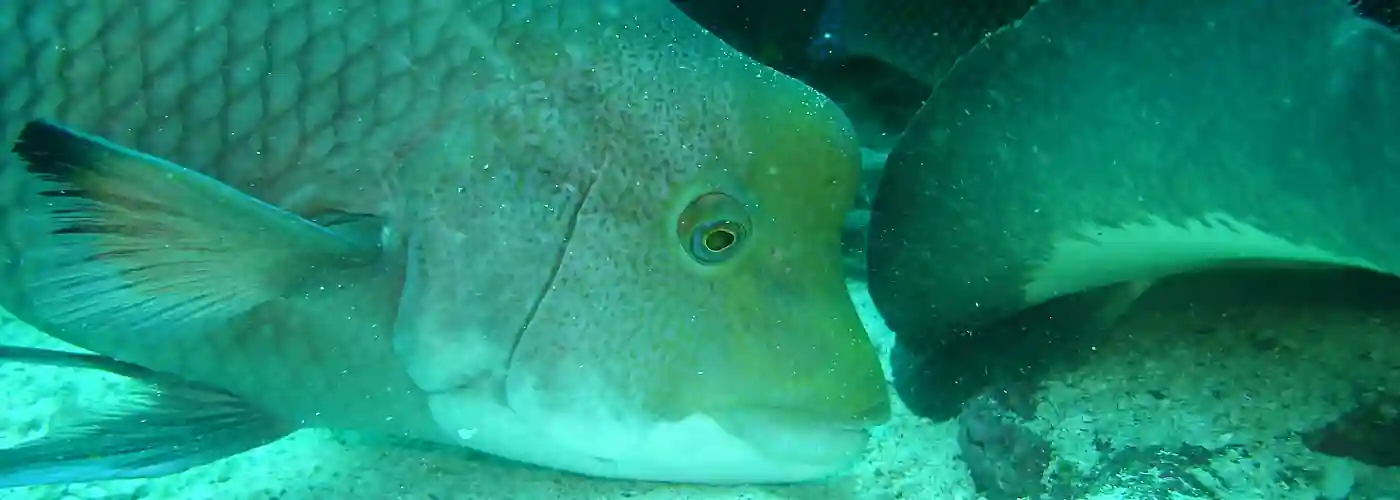

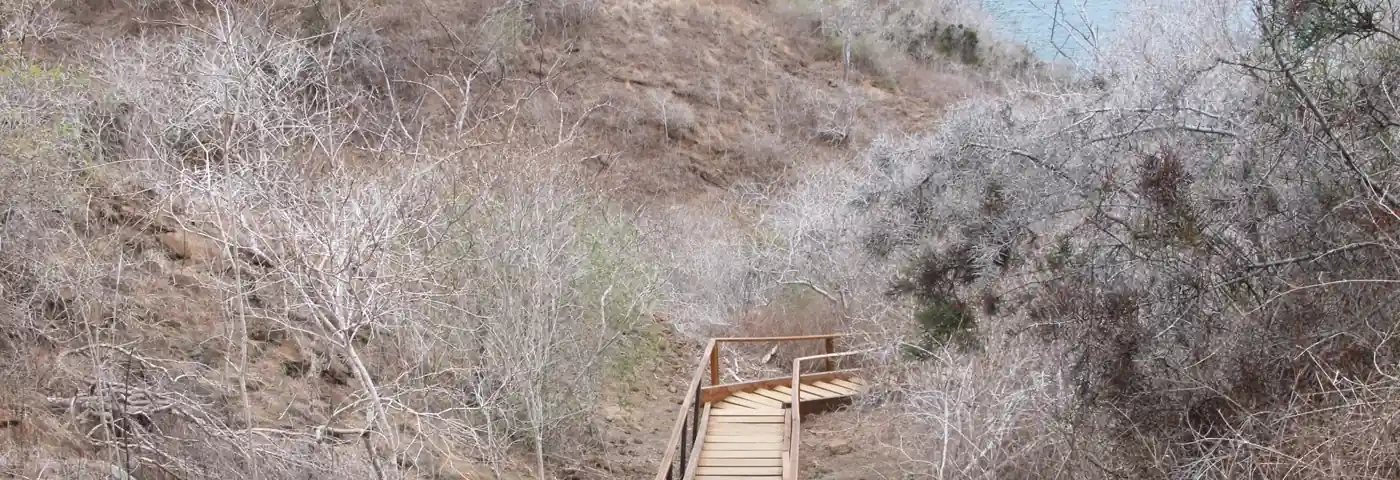
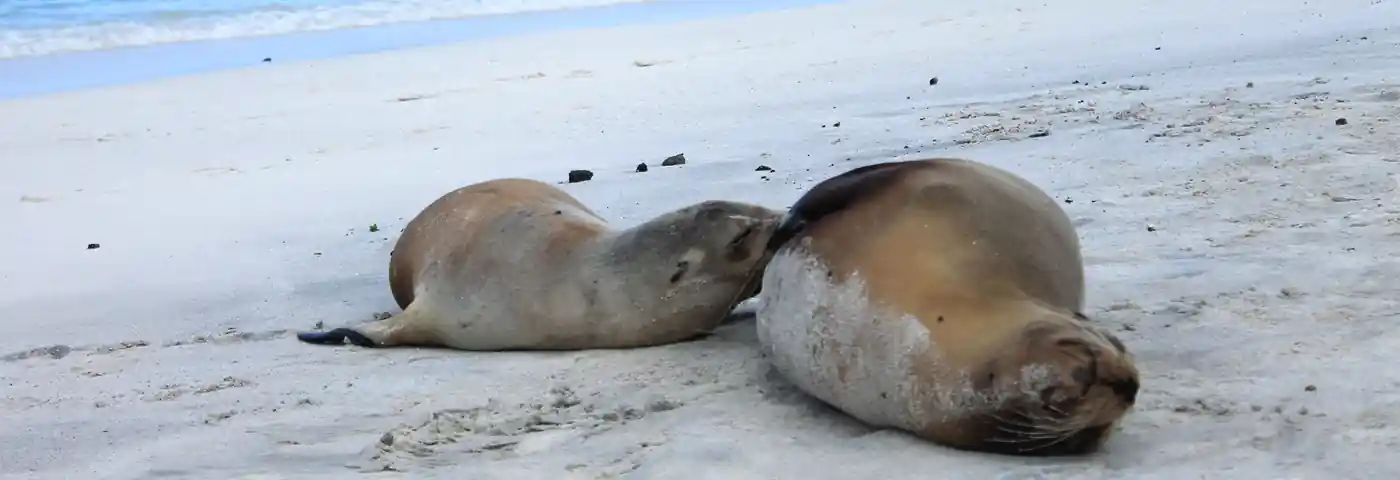
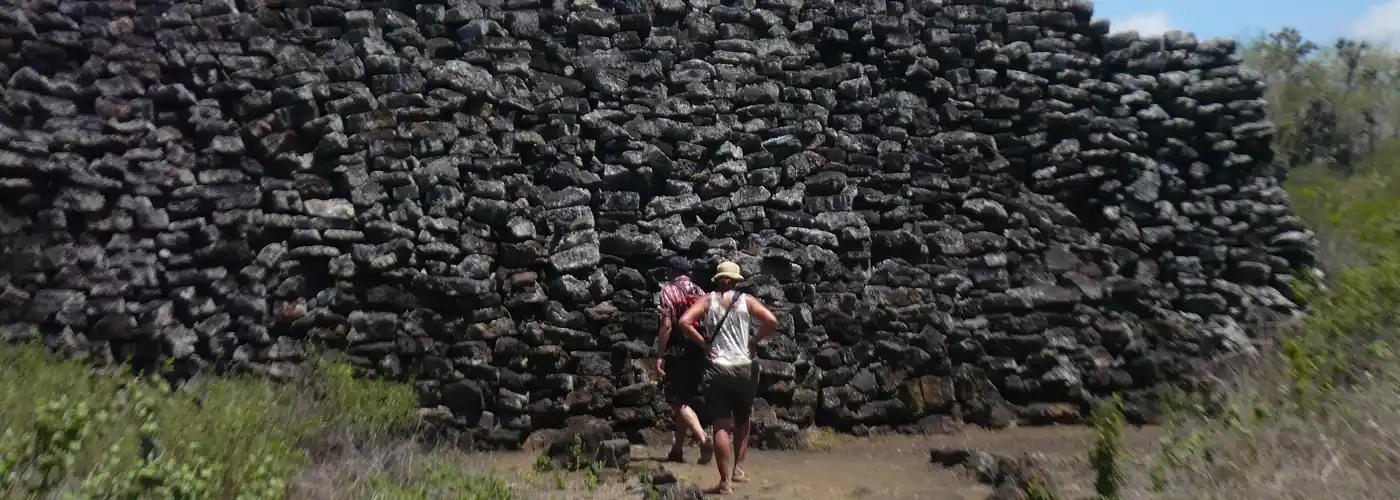
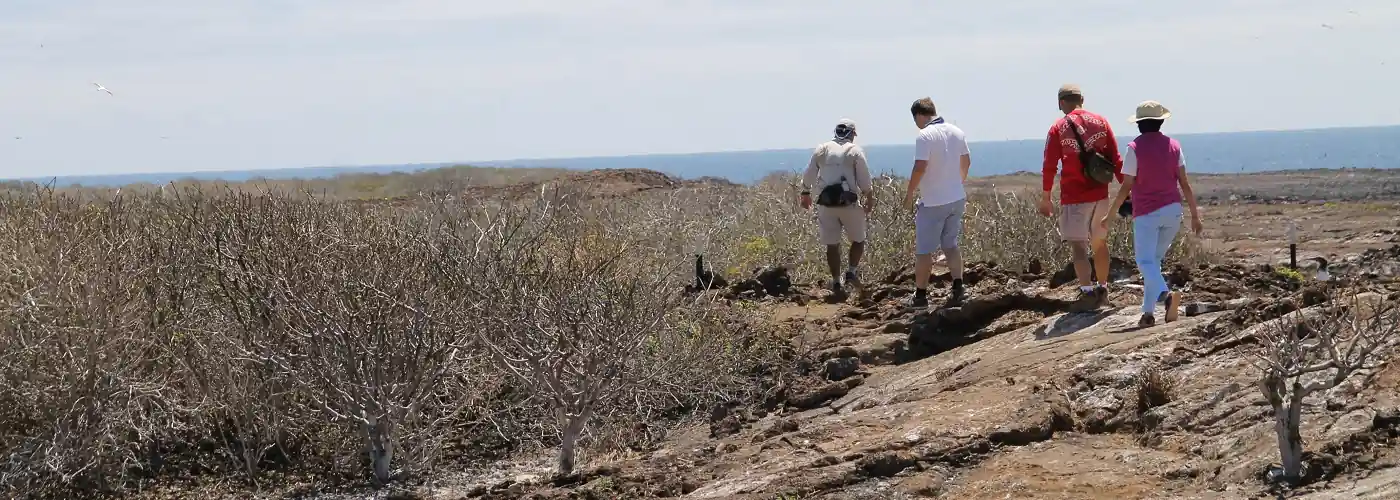
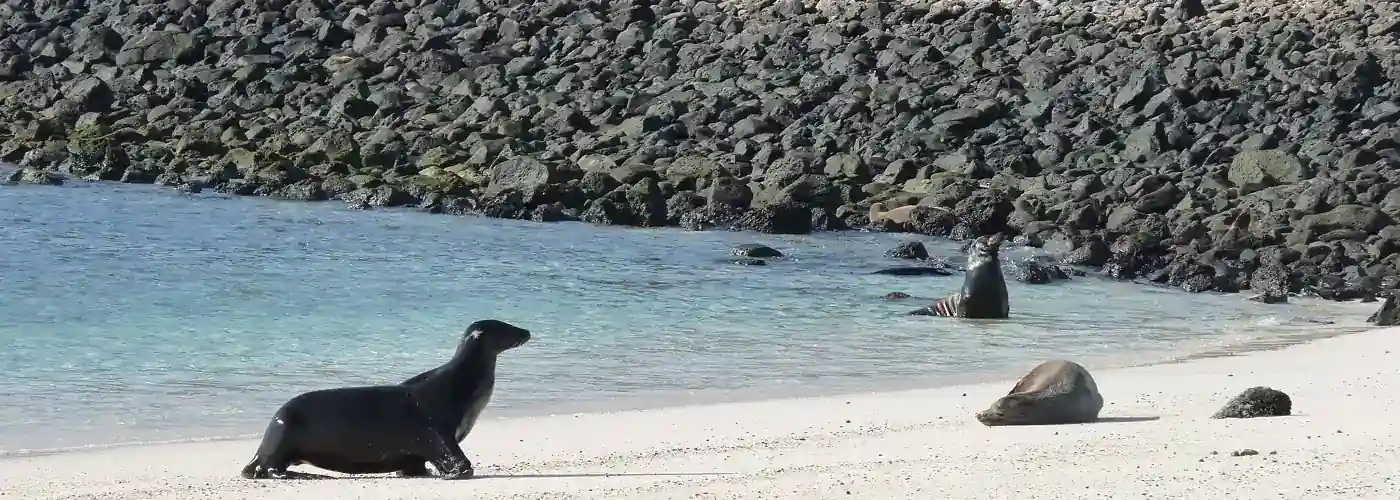

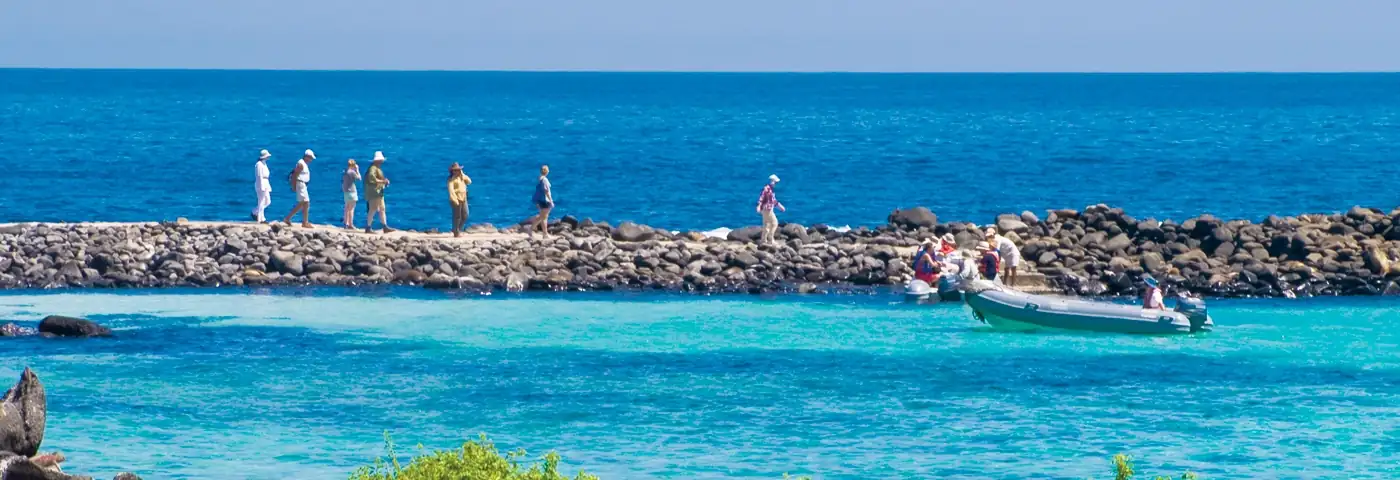
9 days cruise yacht Estrella del Mar – B
Get in touch:

Dayana Arias Leon
- +593 (0)2 2194333
- hello@soleq.travel
